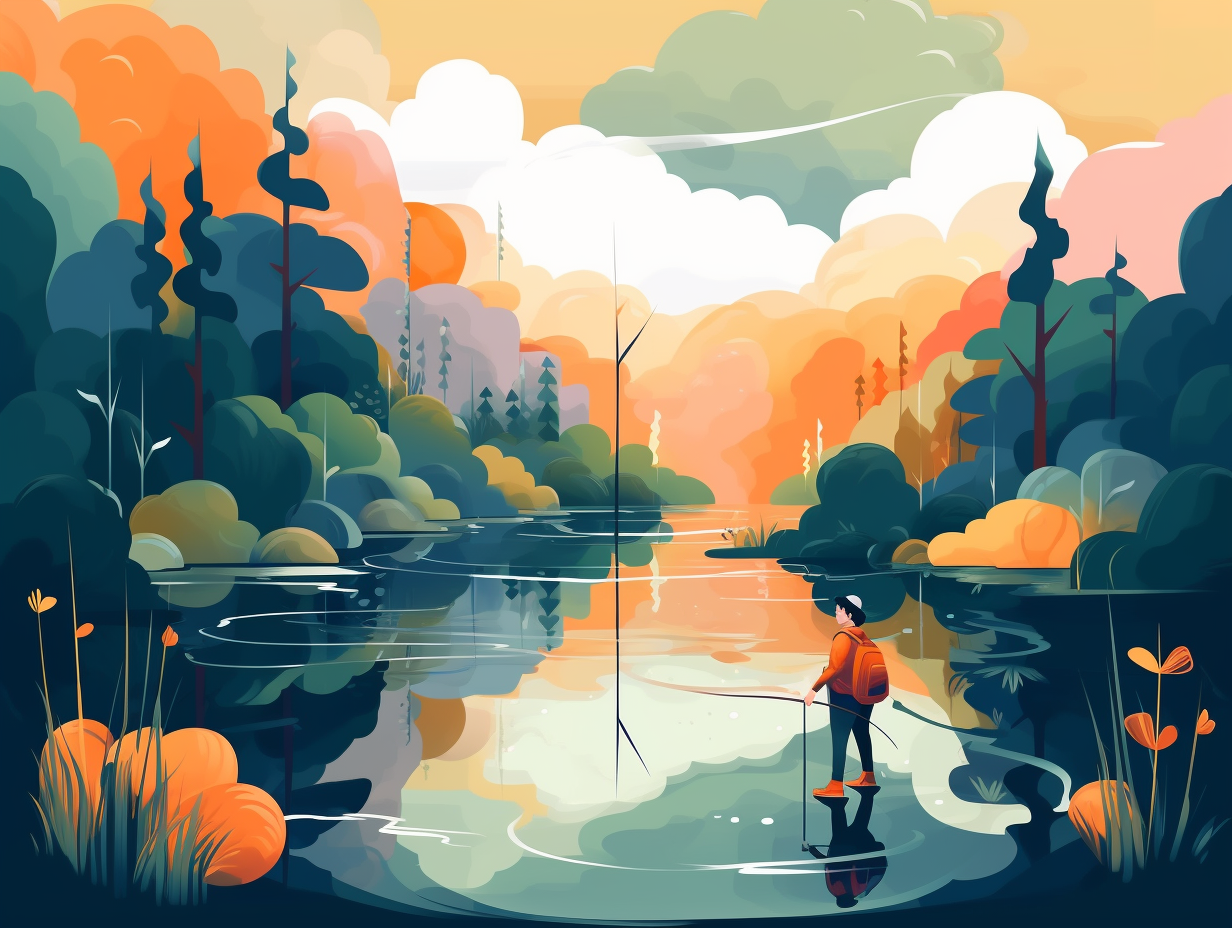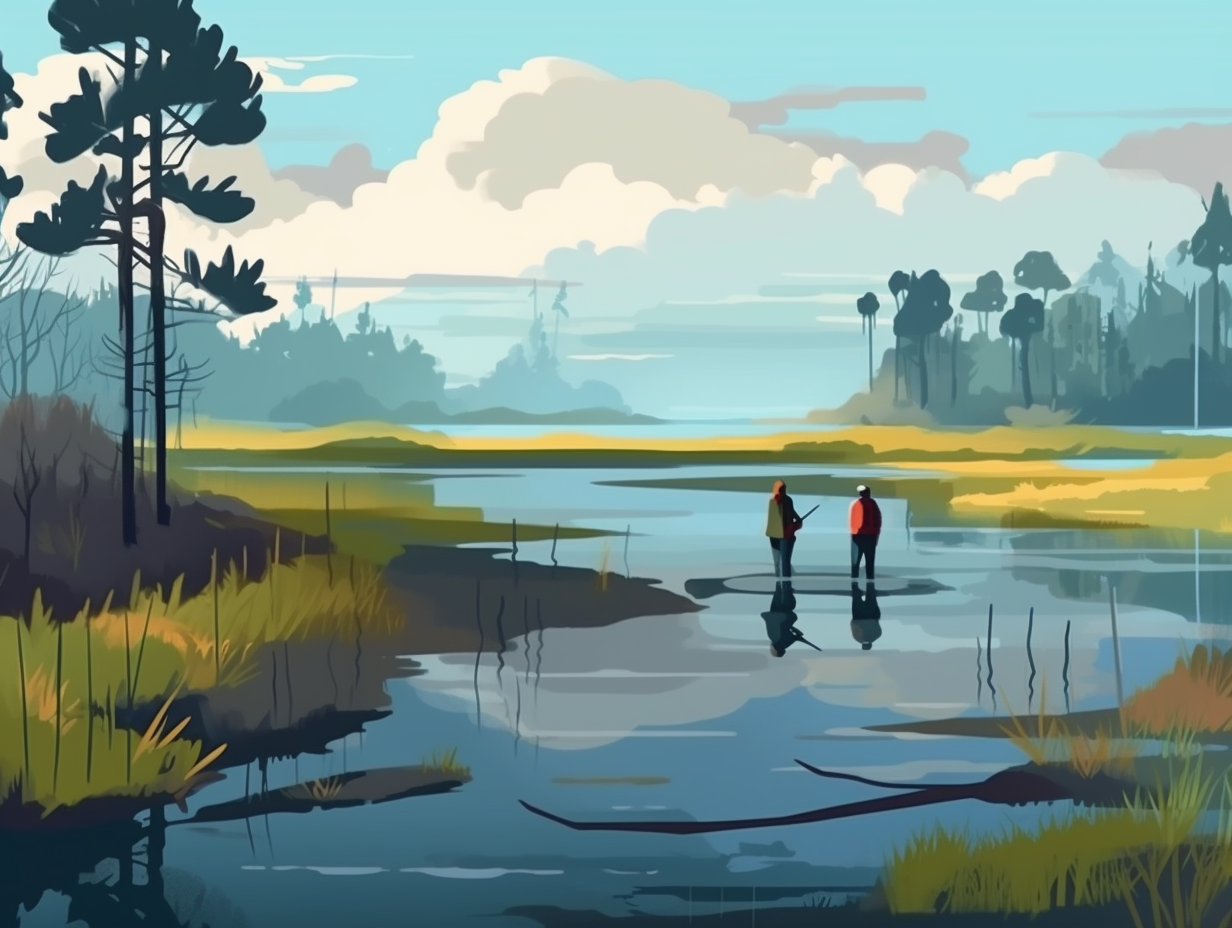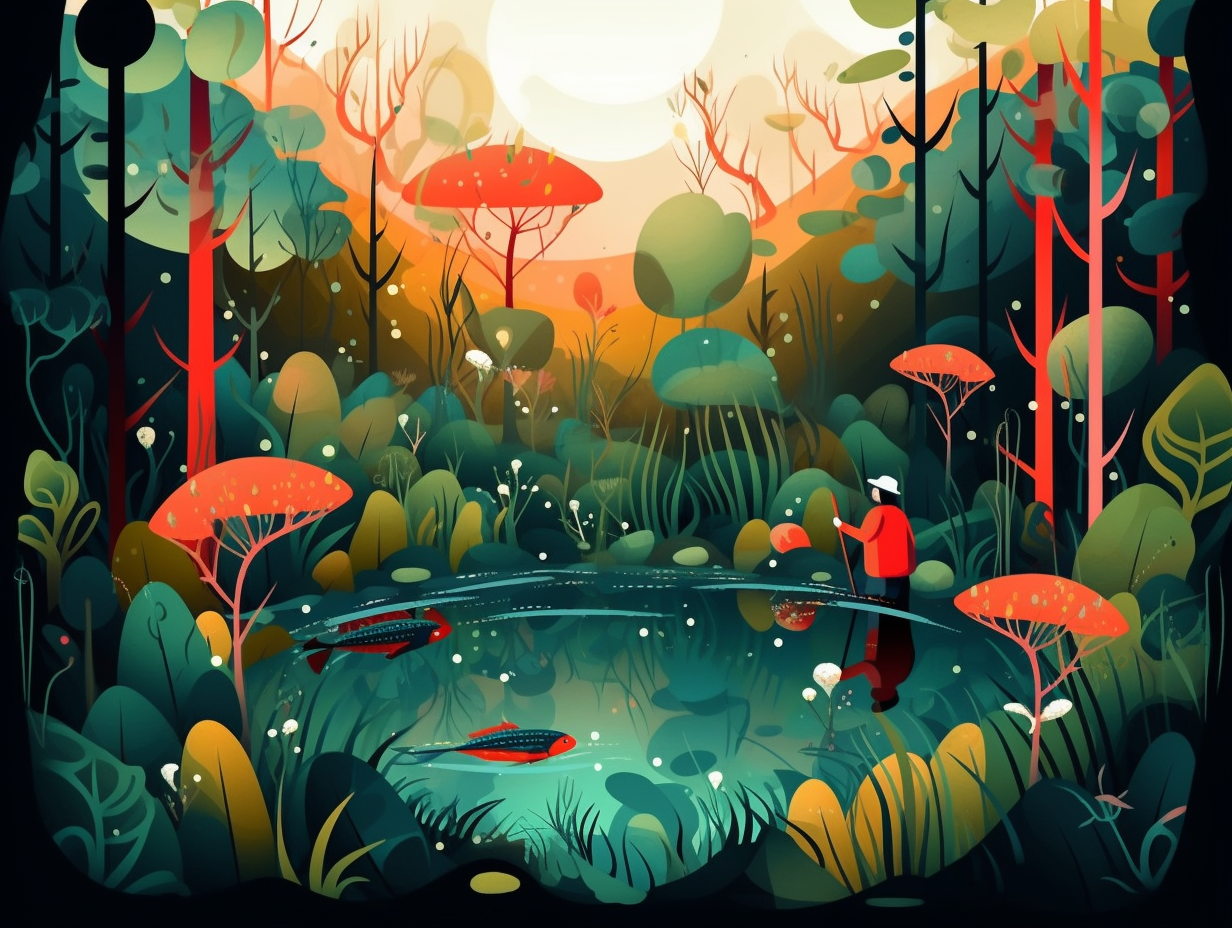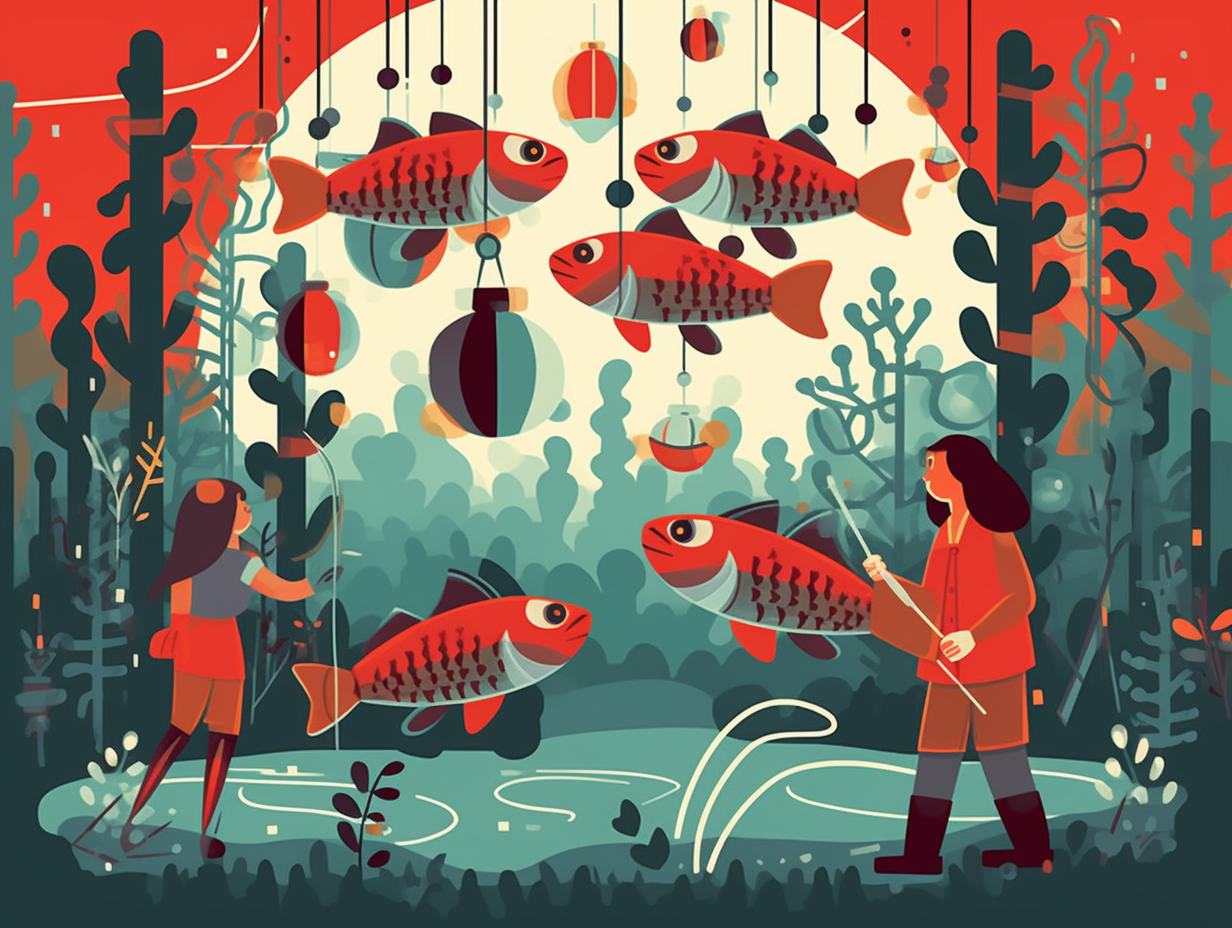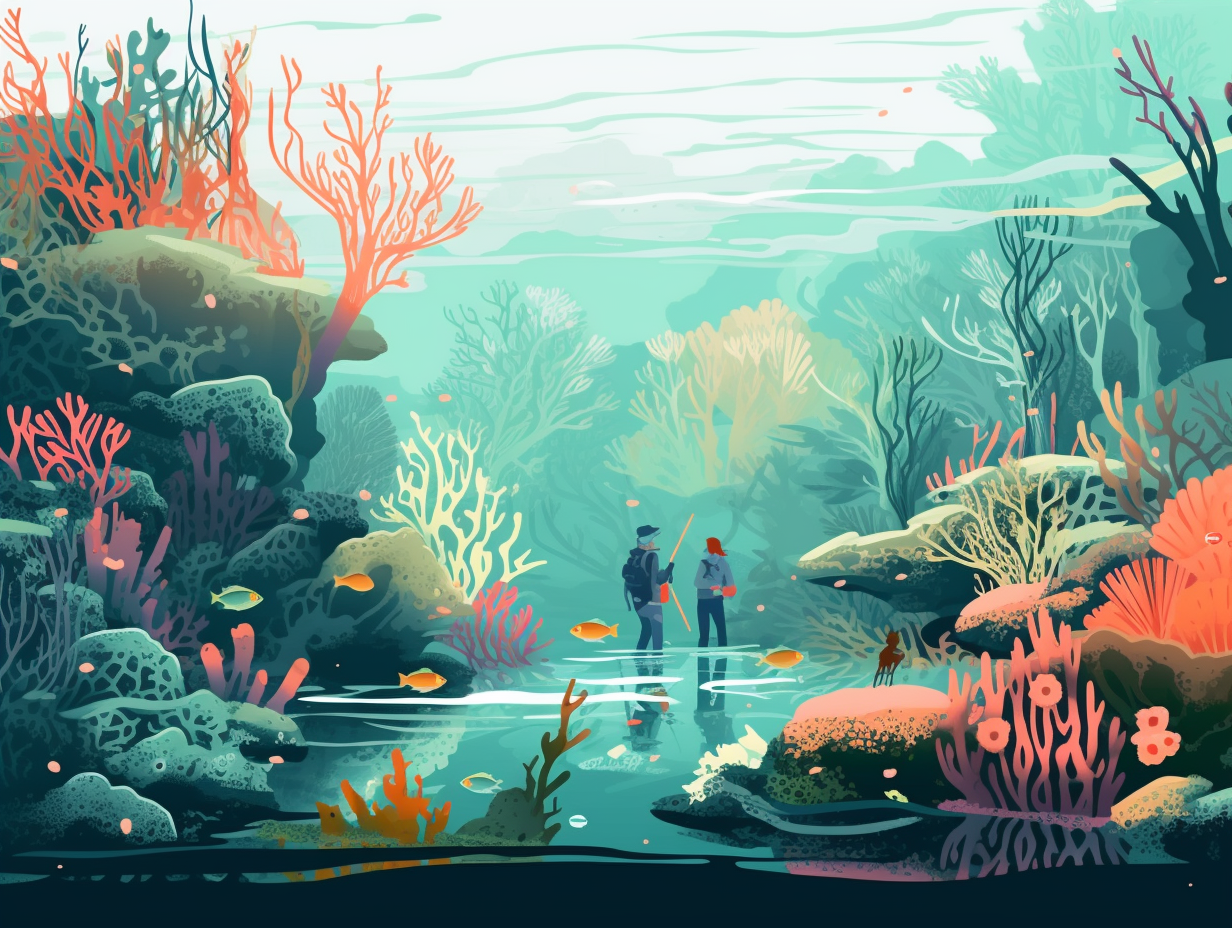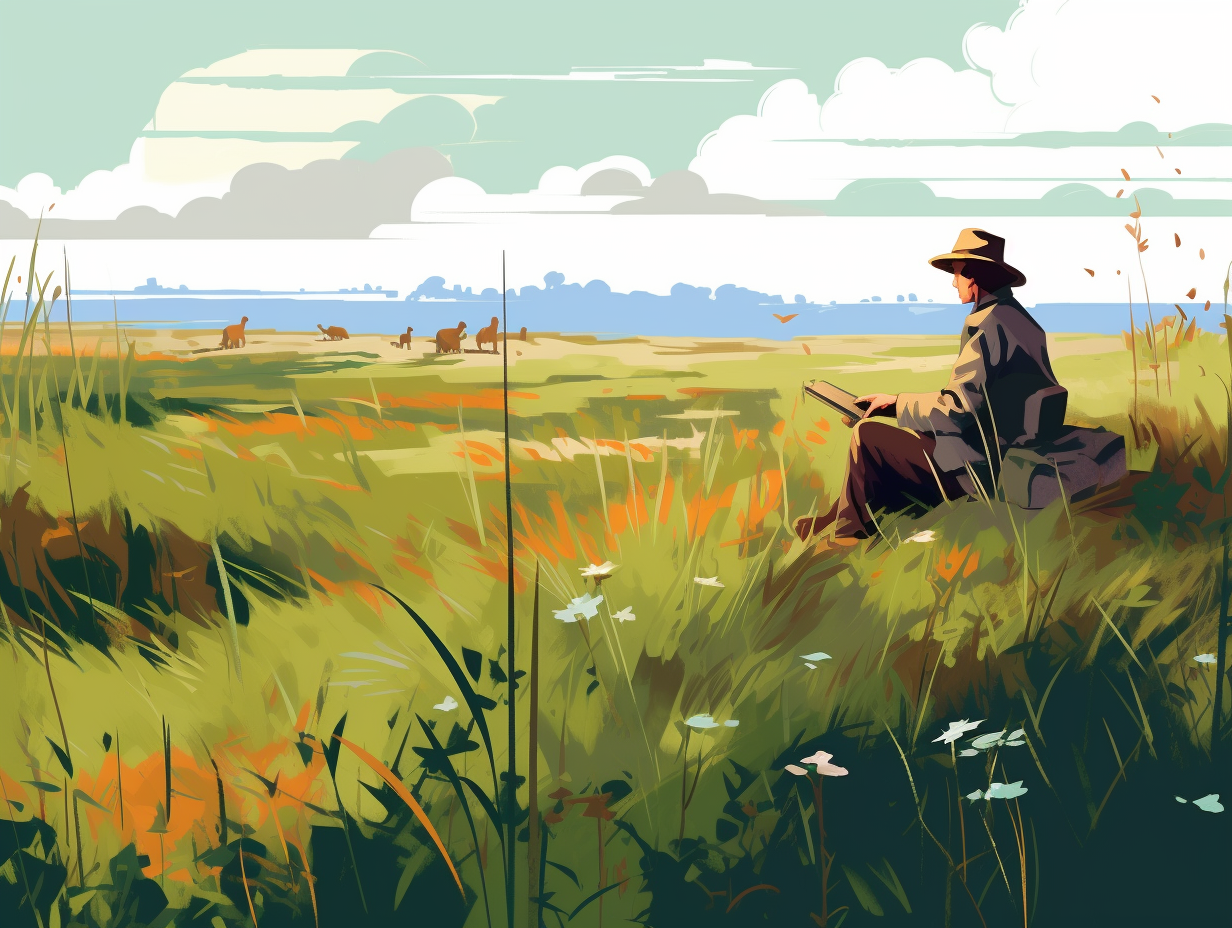Discover the Wonders: Top 11 Amazing and Fun Facts About Wetlands You Never Knew!
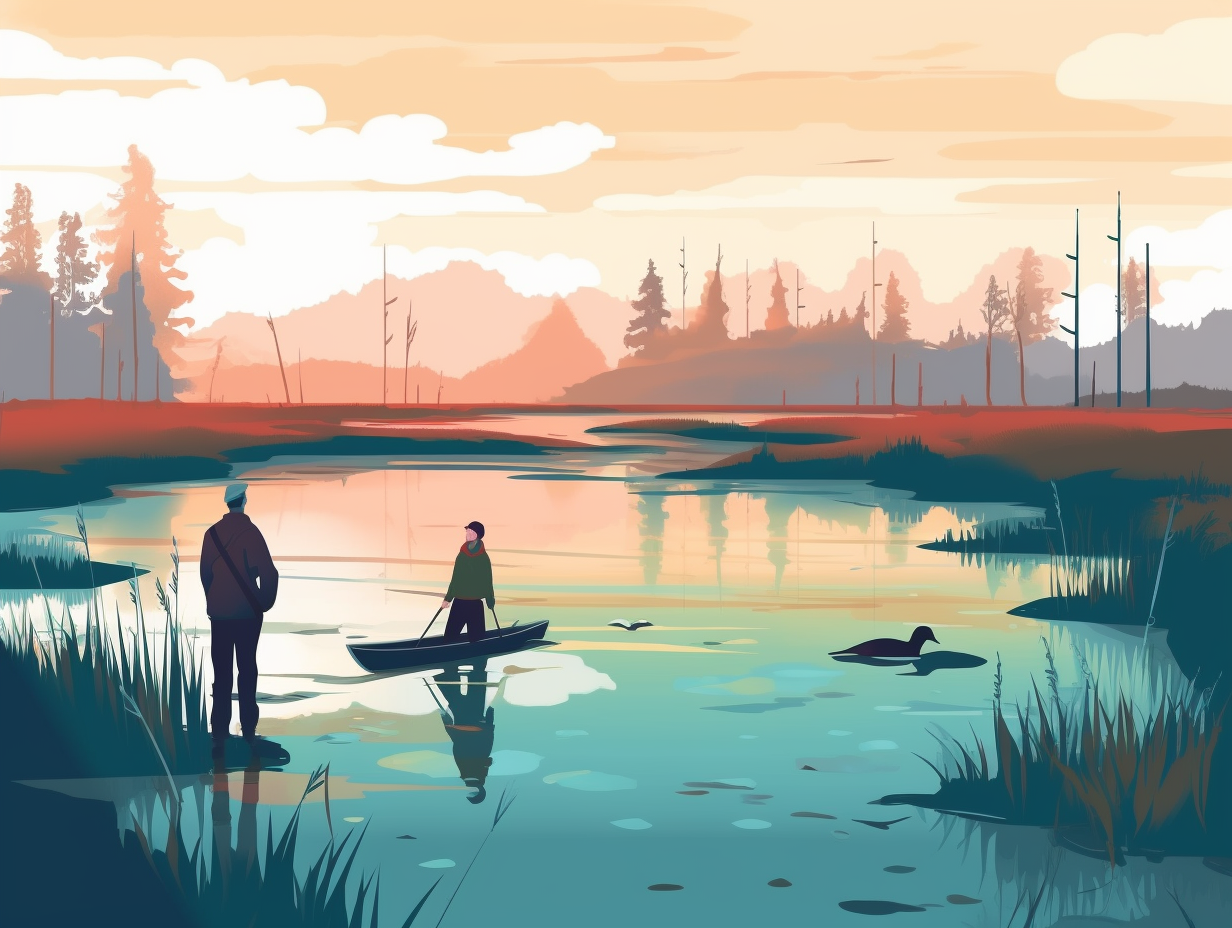
1. Spanish Moss: Ultimate Freeloader
Behold the Spanish moss, nature's ultimate freeloader and crasher of tree parties: with its trichomes functioning like rain-collection awnings, these bearded squatters need zero support from their gracious arboreal hosts for water or nutrients, and they even have a two-pronged approach to gatecrashing new tree homes – either sending their tiny offspring on the wind or hitching a ride on a bird or a breezy zephyr.
Source => phinizycenter.org
2. Water Striders: Jesus Bugs
Move over, Jesus; there's a new water-walker in town: Water striders use their highly adapted legs to evenly distribute their weight, taking advantage of water's high surface tension, while hydrofuge hairs keep them afloat as they literally walk on water.
Source => usgs.gov

Did you know that frogs were the first creatures to sing, serenading the swamps with their croaky tunes for over 180 million years? Discover how their unique vocal sacs create nature's love songs that can be heard up to a mile away! 🐸🎵
=> Fun Facts about Swamps
3. Flamingo Fashion: Pretty in Pink
Whoever said "pink is the new black" must have been talking about flamingos strutting their stuff: Their vibrant hue actually comes from their wetland diet of insect larvae, algae, crustaceans, and mollusks, which contain organic proteins that transform their feathers from a dull grey or white to various shades of pink and orange as their liver breaks down these proteins, particularly over the course of their first few years. In fact, the specific shade of fabulous pink depends on the type and quantity of carotenoids in their meals, and even captive flamingos are fed supplements to stay runway-ready.
Source => safarisafricana.com
4. Swamp Spirits: Will-o'-the-Wisp Lights
Legend has it that swamp-dwelling spirits got a job at a natural gas company: Will-o'-the-wisps, those eerie lights seen hovering in wetlands, are actually a result of chemical luminescence caused by decaying organic compounds, including methane, phosphine, and diphosphine, which create a pale blue or white flame above the water and surrounding soil—no swamp gas required!
Source => explorersweb.com
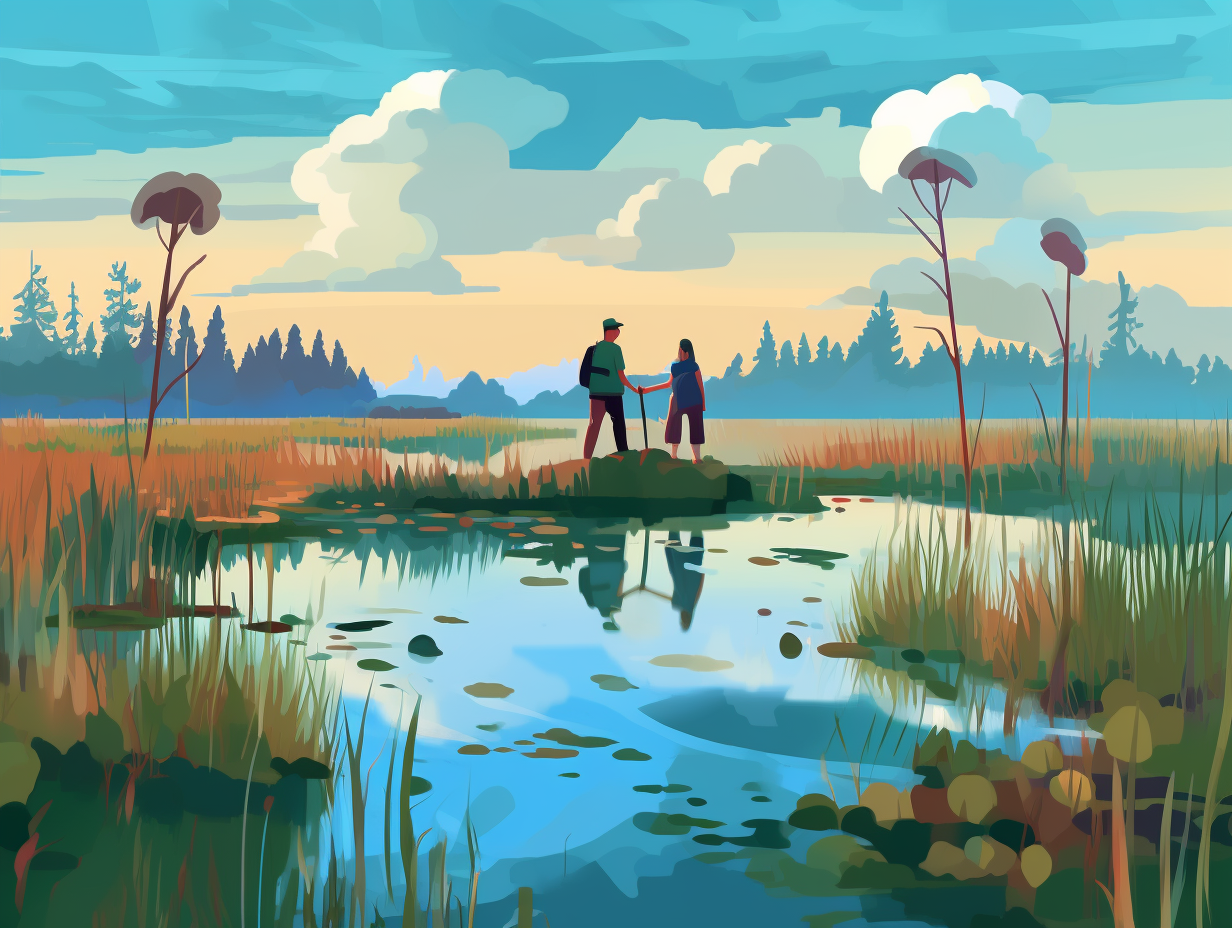
5. Marshmallow Origins: Marsh Mallow Plant
Who needs a marshmallow man when you've got a marsh mallow plant? This delightful green dweller of the wetlands has been putting smiles on faces and soothing sore throats long before it was hip to roast marshmallows on sticks: Althaea officinalis, or marsh mallow, is an ancient wetland plant harboring medicinal qualities like calming irritated mucous membranes. Although today's marshmallow treat is made from gelatin, corn syrup, and sugar, its sticky history can be traced back to the roots of this sweet wetland wonder.
Source => en.wikipedia.org
6. Wetland Woes: Balancing Agriculture and Biodiversity
Step aside, Captain Planet: the wetlands are here to save the day with their all-natural, eco-friendly superpowers! From soaking up excess water like an organic sponge during floods to putting on a free water-filtering show, these marshy marvels are *literally* the life of the party : However, human activities, such as drainage and development for agriculture, have caused the loss of over 50% of the world’s wetlands. While some wetlands like floodplains have historically been used for farming, heavy agricultural use on drained/reclaimed peatlands has led to issues like significant carbon dioxide emissions and increased flood risks. Sustainable agriculture without severe reclamation and chemical use could potentially maintain a balance between food production and preserving wetland services, while keeping biodiversity relatively unscathed.
Source => ncbi.nlm.nih.gov
7. Pollution Police: Wetland Water Treatment
Step aside, Aquaman, there's another wetland warrior in town: Wetlands serve as natural water treatment plants, adeptly removing pollutants like sediments, excess nutrients, and toxic chemicals from stormwater, agricultural runoff, and more. In fact, preserving and restoring forested wetland buffers has proven to be a cost-effective, nitrogen-removing alternative to building or upgrading wastewater treatment facilities. Talk about a sneakily heroic H2O heist!
Source => dnrec.alpha.delaware.gov
8. Biodiversity Bash: Wetland Supermarkets
Move over rainforests and coral reefs, there's a new biological supermarket in town: Wetlands are the ultimate gathering spot for microbes, plants, insects, and other stylish species, making them biodiversity hotspots on par with their tropical and underwater counterparts!
Source => epa.gov
9. Bird Stopover: Wetland Airport Lounges
Next time you see a group of birds chilling near a swamp, remember they might just be enjoying nature's own airport lounge: Wetlands act as essential "stopover" sites for a wide range of bird groups during their migrations, providing rest stops where they can refuel, hide from predators, and seek shelter before winging their way to their next destination.
Source => wisconsinwetlands.org
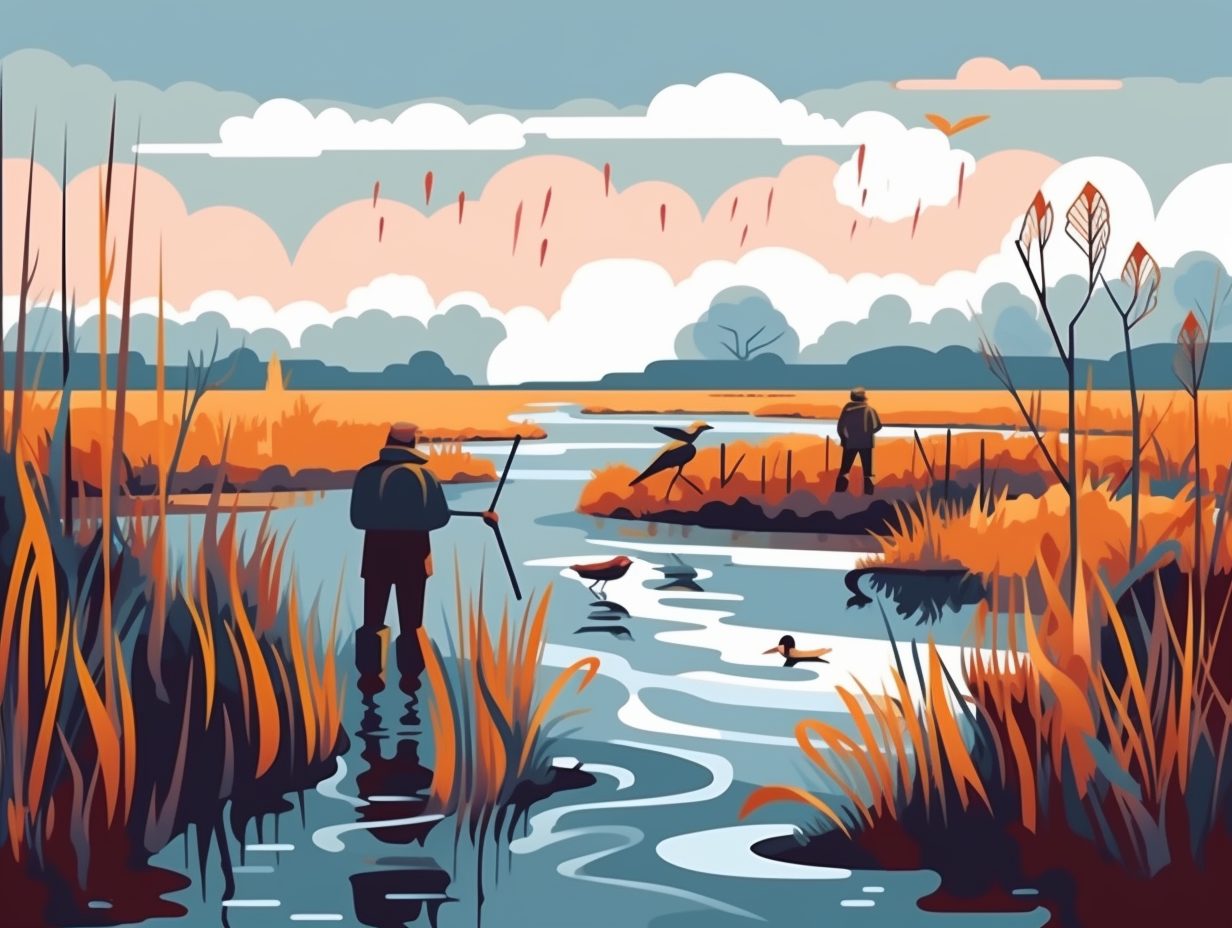
10. Salty Solution: Crocodile Tears
Crocodile tears aren't just for jilted lovers and dramatic reality TV stars, but they might be a bit salty for your taste: In reality, crocodiles don't shed tears to get rid of excess salt, but instead have specialized salivary glands on their tongues that secrete a concentrated salty solution, while marine turtles rely on special tear glands for this very purpose, without any emotional theatrics involved.
Source => indianapublicmedia.org
11. Exclusive Peat Club: Carbon-Hoarding Bogs
It's a bit of a bog deal: peat bogs take a whopping 1,000 years to form just one meter of peat, creating exclusive VIP lounges for plants like sphagnum, cotton grass, and sundews. In this exclusive peat club, carbon gets trapped for centuries, making bogs expert carbon hoarders, with Scottish peatlands holding 1.7 billion tonnes of carbon – enough to cover 140 years' worth of Scotland's greenhouse gas emissions. But just like a spilled drink ruining the party, disturbing these biotic bashers by draining or burning the peat releases that carbon back into the atmosphere. So, rewetting and restoring our peaty pals is a must in combating climate change and keeping these wild wetlands wet and wonderful!
Source => nature.scot
Related Fun Facts



